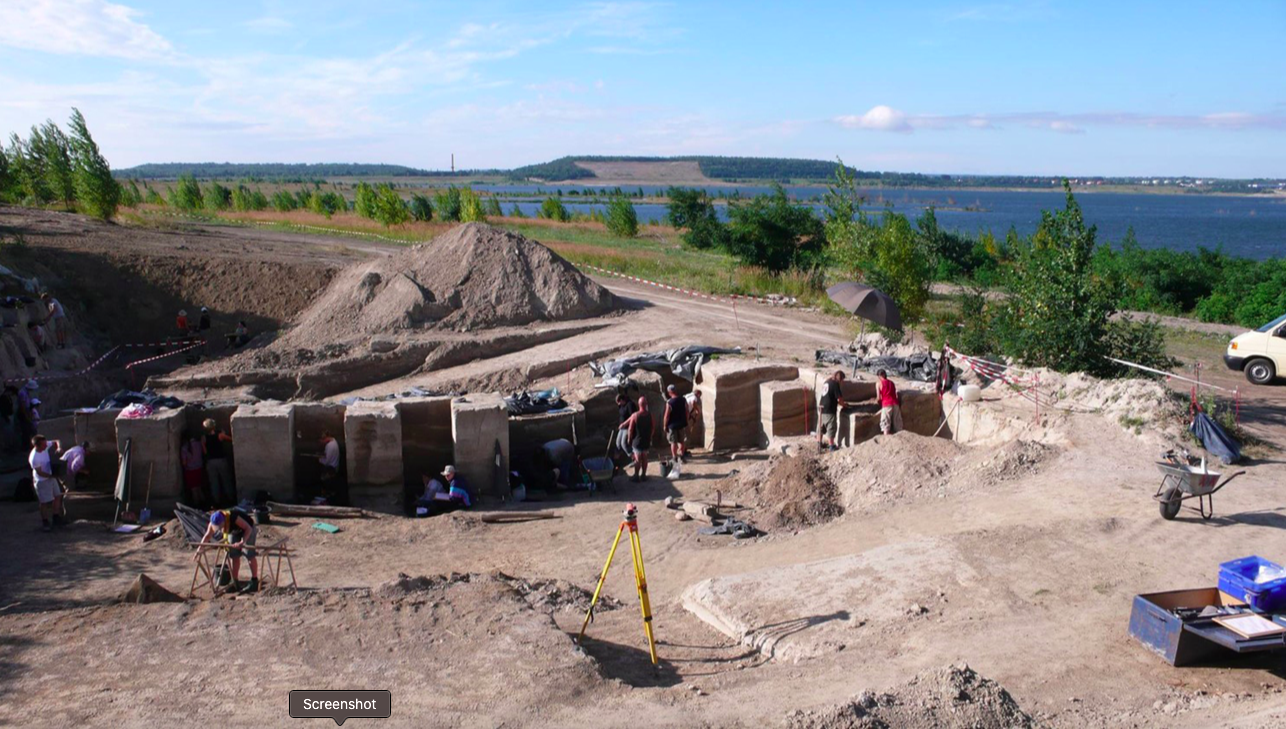
Hunter-gatherers were making changes to the ecosystem as early as 125,000 years ago, according to a newly published study by researchers from Leiden University in the Netherlands and Johannes Gutenberg University in Germany. Decades of excavations at a quarry known as Neumark-Nord near Halle, Germany, have turned up plentiful evidence of Neanderthal activity, including indications that these hominins may have converted areas of forest into grasslands. This is the earliest evidence of such activity, said the findings, which were published in the journal Science Advances.
“Among other things, we found the remains of hundreds of slaughtered animals, surrounded by numerous stone tools and a huge amount of charcoal remains,” said Wil Reobroeks of Leiden University.
The forested landscape, spanning from the Netherlands to Poland, was home to animals ranging from deer and cattle to lions and hyenas. Hominins may have been drawn to the area for its abundant lakes. It’s not known whether they cleared areas of forest, or whether they were attracted to areas that were open, but the authors found evidence that these early inhabitants maintained the open areas for two millennia. Leiden palaeobotanist Corrie Bakels has discovered that at some lakes in the area where there is no evidence of Neanderthal inhabitation, the forestation went largely untouched.
The beginning of what is called the Anthropocene, or the era when humankind has been the dominant influence on the environment, is a topic of some debate.
“Until now it was generally thought that it was only when humans took up agriculture about 10,000 years ago that they began to shape their environment, for instance by cutting down trees to create fields. But many archaeologists believe it started much sooner, on a smaller scale,” said Roebroeks.